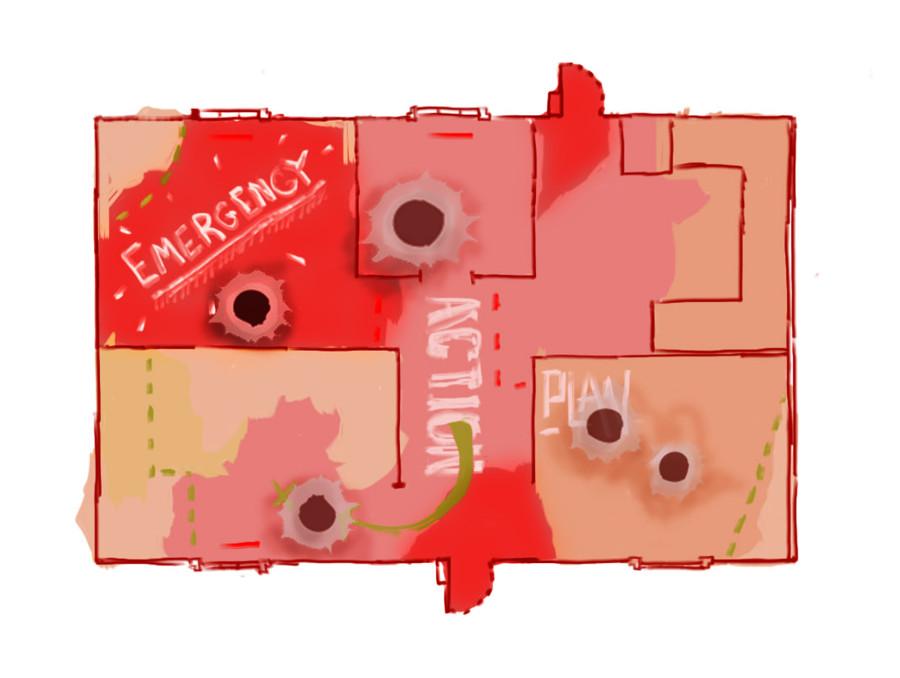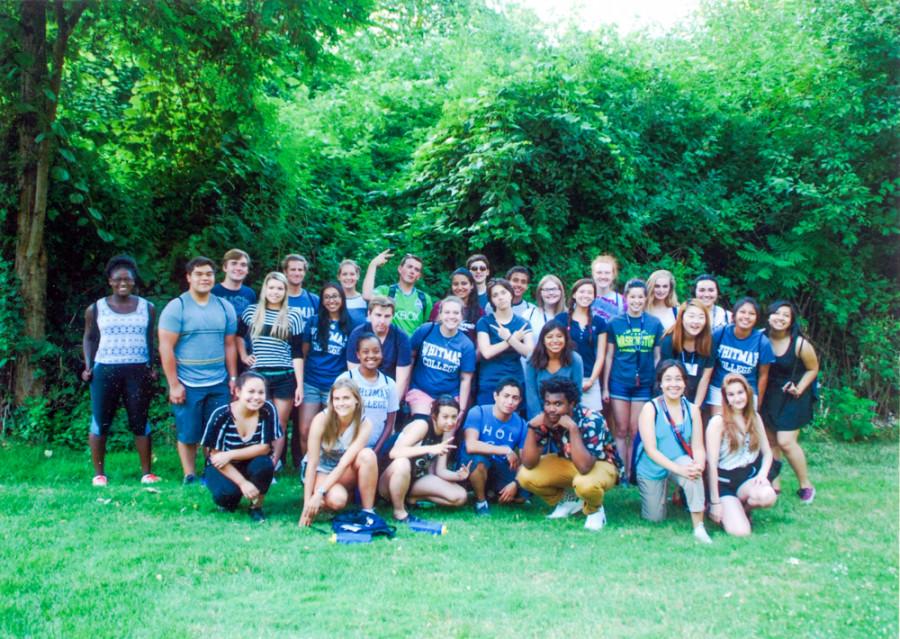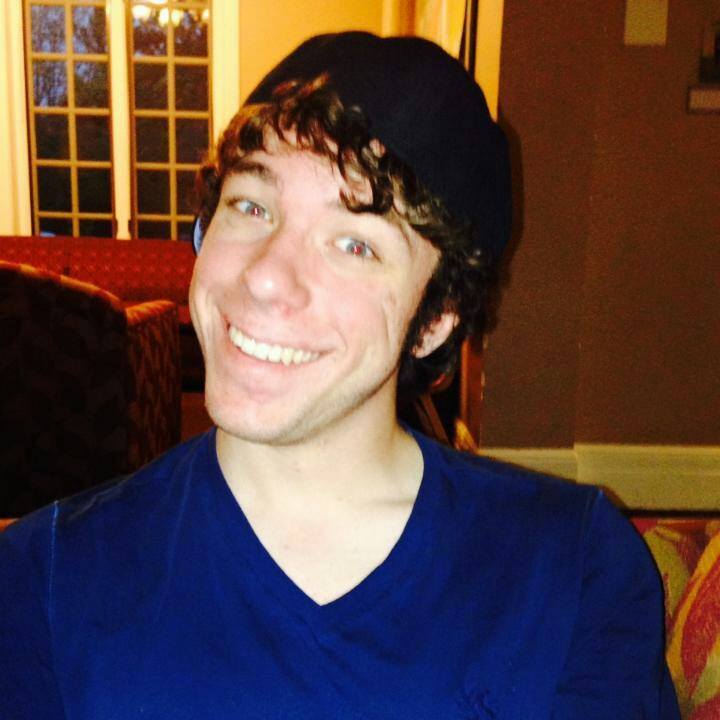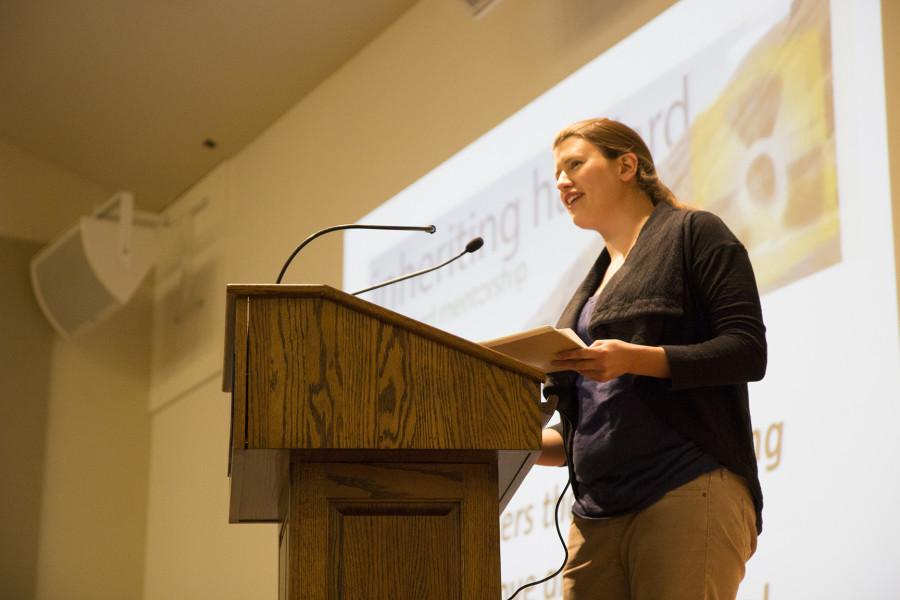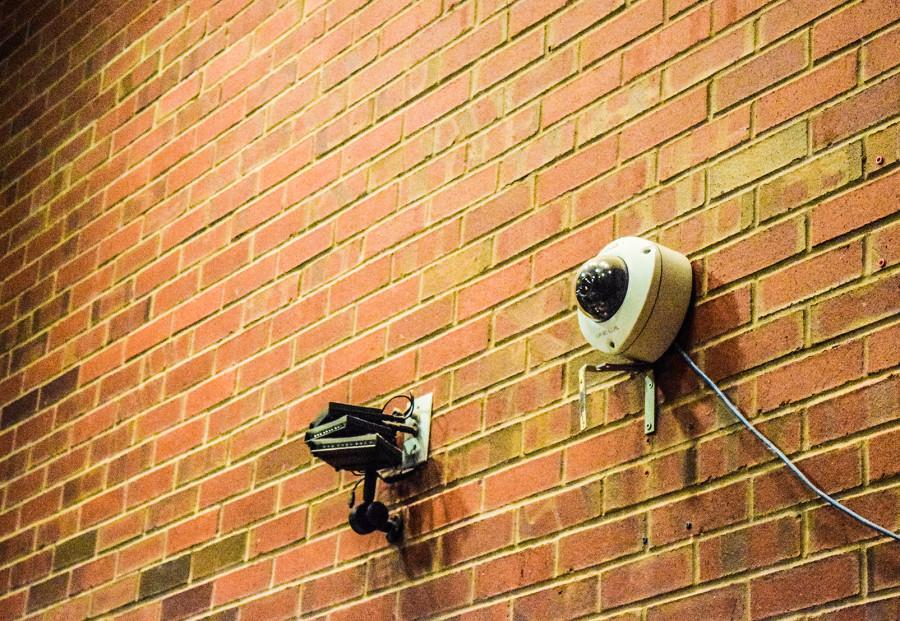For environmentally-minded Whitties, the last four years have been an exciting time. Two greenhouse gas emission audits have been completed. Students now grow salad greens on the roof of the Hall of Science and distribute compact fluorescent light bulbs to Walla Walla residents as a regular weekend activity. Perhaps most importantly, students have raised awareness of environmental issues and the necessity of conservation, even if they don’t personally identify with the environmental movement.
“There’s been an upswelling of concern across the country that’s been reflected here at Whitman,” said senior Campus Sustainability Coordinator Lisa Curtis, who believes that Whitman has taken important steps in addressing climate change.
Curtis attributes the number of successful environmental projects on campus in part to the Sustainability Revolving Loan Fund, which provides loans of up to $50,000 for projects that will make Whitman more sustainable and pay back over a five-year period. The fund was established last year and had its first successful round of applicants this year. Funds were used to start Student Agriculture at Whitman, which hopes to expand beyond its current microgreens project on the roof of the science building to produce more campus-grown food. Other projects included purchasing a solvent recycler for the chemistry department and installing more efficient aerators on campus sinks.
Another major project was the installation of solar panels on the roof of the Bratton Indoor Tennis Center. The 21-kilowatt panels were installed last summer and began generating energy in September. Funded by alumni donations and a grant from Pacific Power, the panels have offset 20-25 percent of the tennis center’s electricity use.
Senior Elena Gustafson agrees that Whitman has made a number of important changes. In addition to large projects like the Bratton solar panels, she believes smaller efforts that focus on conservation are an important component of campus sustainability. She cited the GoPrint program, which gives students a $50 printing budget per semester, as an example.
“Freshman and sophomore year, there’d be stacks of paper in the printers that didn’t get picked up,” she said. Since GoPrint was inaugurated last year, paper waste has declined by 15 percent.
Gustafson would like to see the college do more to encourage small acts of conservation, like putting signs by light switches reminding people to turn them off and providing shower timers to residence halls.
“An ethic of conservation is essential for any green issue that you’re working on,” she said.
Jed Schwendiman, associate to the president and co-chair or the Conservation and Recycling Committee, feels that conservation is valued at Whitman.
“Not everyone wears a big badge that screams, ‘I’m an environmentalist’ on their chest, but I think there is an ethic of conservation and sustainability that permeates the institution,” he said.
Several campus environmental leaders said that while Whitman does foster environmentalism, the college needs to do more to encourage sustainable behavior and limit waste.
“I don’t think we push conservation enough,” said Bob Carson, Grace Fransworth Phillips professor of geology and environmental studies. He cited wasteful paper use as an example, saying that he constantly sees people using brand new envelopes for campus mail and only writing on one side of the paper.
“We could save a lot of money and a lot of trees if we were to get serious,” he said.
Senior Camila Thorndike agreed that conservation could be emphasized more.
“I don’t see many visible behavior-changing campaigns,” she said. For her, the question to be asked is, “How can we create a culture where we all hold ourselves accountable?”
For some students, sustainability means finding ways to connect with the community around them. Thorndike co-founded the Network for Young Walla Walla to encourage dialogue with other community members about environmental and social issues.
“A large part of the network was using social links to create a culture of sustainability,” she said. Part of this effort involved considering the economic, environmental and social impacts of a program and looking for solutions that can be environmentally friendly while providing jobs or benefiting people in another way.
Thorndike said another benefit of the network was the ability to share information between Walla Walla’s three colleges, so clubs or individuals trying to start a project could look at similar efforts that have already been made.
Senior Natalie Popovich, meanwhile, has worked to make Walla Walla more sustainable by organizing the distribution of compact fluorescent light bulbs to low-income neighborhoods. This year, the E-Justice group, which is a part of Campus Climate Challenge, distributed about 2,000 light bulbs to Walla Walla homes.
“The most important thing is the interaction between students and community members,” she said. Students who participate in the project have an opportunity to educate community members who might not otherwise know about changes they can make to be more environmentally friendly in their day-to-day lives.
Campus Climate Challenge initially considered pursuing the project as a means to give Whitman credit for carbon offsets, but Popovich said that idea was delayed until they could be sure offsets were a good idea.
“There was a risk of absolving Whitman of its own responsibility to lower carbon emissions,” she said. “We’re still emitting the same amount. It’s better than nothing, but it’s more important to focus on what [the college is] doing.”
Popovich would like to find a way for Whitman to invest in more local projects to reduce carbon emissions. Buying carbon offsets from a large national organization might produce more renewable energy, but it has little local effect. In contrast, she said projects which are community-based reduce emissions by the same amount but also create a domino effect, where community members become more aware of sustainability.
“People will be more conscious of their own actions and their own ability to affect change,” she said.
Many students involved in environmental clubs and efforts on campus feel that better advertising and awareness would benefit their work. For example, residence hall sections can request a compost bin and take their food scraps to the organic garden, but very few people are aware of this. Recyclable items like colored glass and certain types of plastic are often thrown away because of misconceptions about Walla Walla’s recycling program.
Junior Campus Greens President Nat Clarke said he hopes to combat this by providing a “green” orientation session for the incoming class of 2014. In past years, green sessions have been voluntary or completely absent from orientation. This year, for the first time, incoming first-years will have a mandatory presentation about campus sustainability and environmental issues.
“All of the ‘secret’ information that green clubs try to disseminate throughout the year won’t be secret anymore,” said Clarke.
The college could also hire a full-time staff member to be the Sustainability Coordinator. For the past two years, a single student intern has filled the position. For the coming school year, there will be two student interns. Curtis feels that this is a step in the right direction, but still not enough. She said about 300 colleges and universities around the country employ a full-time sustainability coordinator.
“We deserve that sort of support,” she said.
As Whitman continues to look for ways to improve sustainability, student ideas and projects will continue to play a large role. Thorndike said that looking back on her time at Whitman, the efforts she has been involved in outside of class have been the most memorable.
“Passing your classes is important, but the things I’m most proud of here are the projects I’ve taken on of my own initiative,” she said. “[Walla Walla] is a really wonderful place. You’ve got to put yourself out there to figure that out.”





